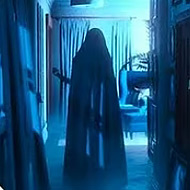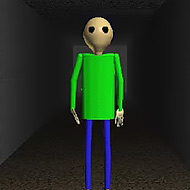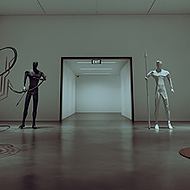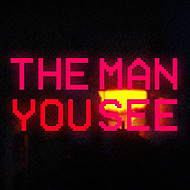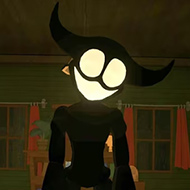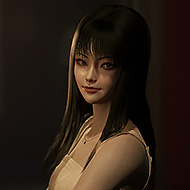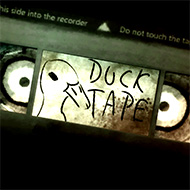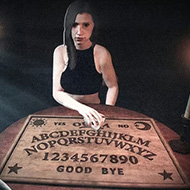Luto is a psychological horror experience that explores grief, fear, and the slow unraveling of the human mind. Players navigate through an apartment that bends the rules of space and time, uncovering memories that refuse to rest. What begins as a familiar environment quickly twists into a living maze where every door leads deeper into emotional isolation. Luto doesn’t rely on jumpscares—it builds tension through atmosphere, symbolism, and the unsettling feeling that the house is observing you back.
Exploring the Maze of the Mind
The central gameplay of Luto revolves around exploration and environmental storytelling. The player investigates rooms that shift unexpectedly, mirroring the protagonist’s unstable mental state. Each passage hides visual metaphors that reflect emotional trauma—flickering lights, looping corridors, and distorted reflections. Progress depends on observing patterns, solving environmental puzzles, and piecing together what truly happened before the story began.
- Spatial Distortion: Rooms rearrange subtly, challenging spatial memory.
- Interactive Memories: Everyday objects trigger flashes of past events.
- Nonlinear Pathways: Multiple routes reveal different emotional truths.
- Visual Symbolism: Light, shadow, and sound represent shifting mental states.
Fear Through Atmosphere, Not Shock
Luto crafts horror through suggestion. Instead of traditional monsters, it presents an oppressive world shaped by the protagonist’s grief. Each sound—a creaking floorboard, a distant whisper—becomes a signal of emotional weight rather than physical danger. This approach rewards careful observation, as the true terror lies in recognition: the understanding that the environment is an echo of the character’s pain.
- Dynamic Sound Design: Every noise reflects psychological tension.
- Symbolic Encounters: Shadows or voices act as manifestations of guilt.
- Slow Unfolding: Narrative progression mirrors recovery and relapse.
- Subjective Reality: Perception shifts depending on player behavior.
Meaning Hidden Beneath Silence
At its heart, Luto is about acceptance and memory. Players collect fragments—photographs, letters, recordings—that tell a nonlinear story of loss. The further you progress, the more the environment becomes an emotional map rather than a physical space. What begins as escape turns into confrontation: a slow realization that some walls are built from within. Every corridor, every echo, becomes part of a meditation on grief and release.
- Emotional Art Direction: Color and composition evolve with emotional states.
- Personal Artifacts: Collectible memories form the backbone of the narrative.
- Multiple Interpretations: Endings reflect player choices and emotional engagement.
- Psychological Depth: Each symbol carries layered narrative significance.
Luto stands out as a quiet yet powerful study of fear, depression, and acceptance. It challenges players to face not external monsters, but their own reflection. Every moment lingers, every sound echoes, until the player finally finds a way to step beyond the walls—both literal and emotional—that define their confinement.














































